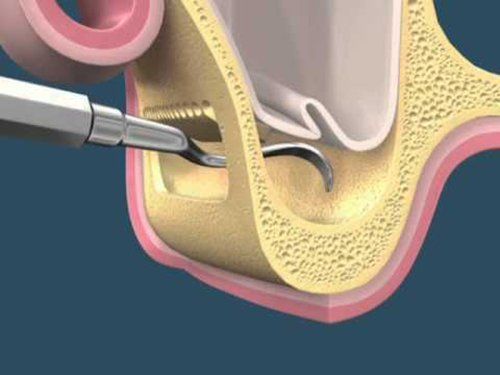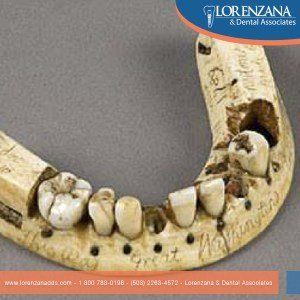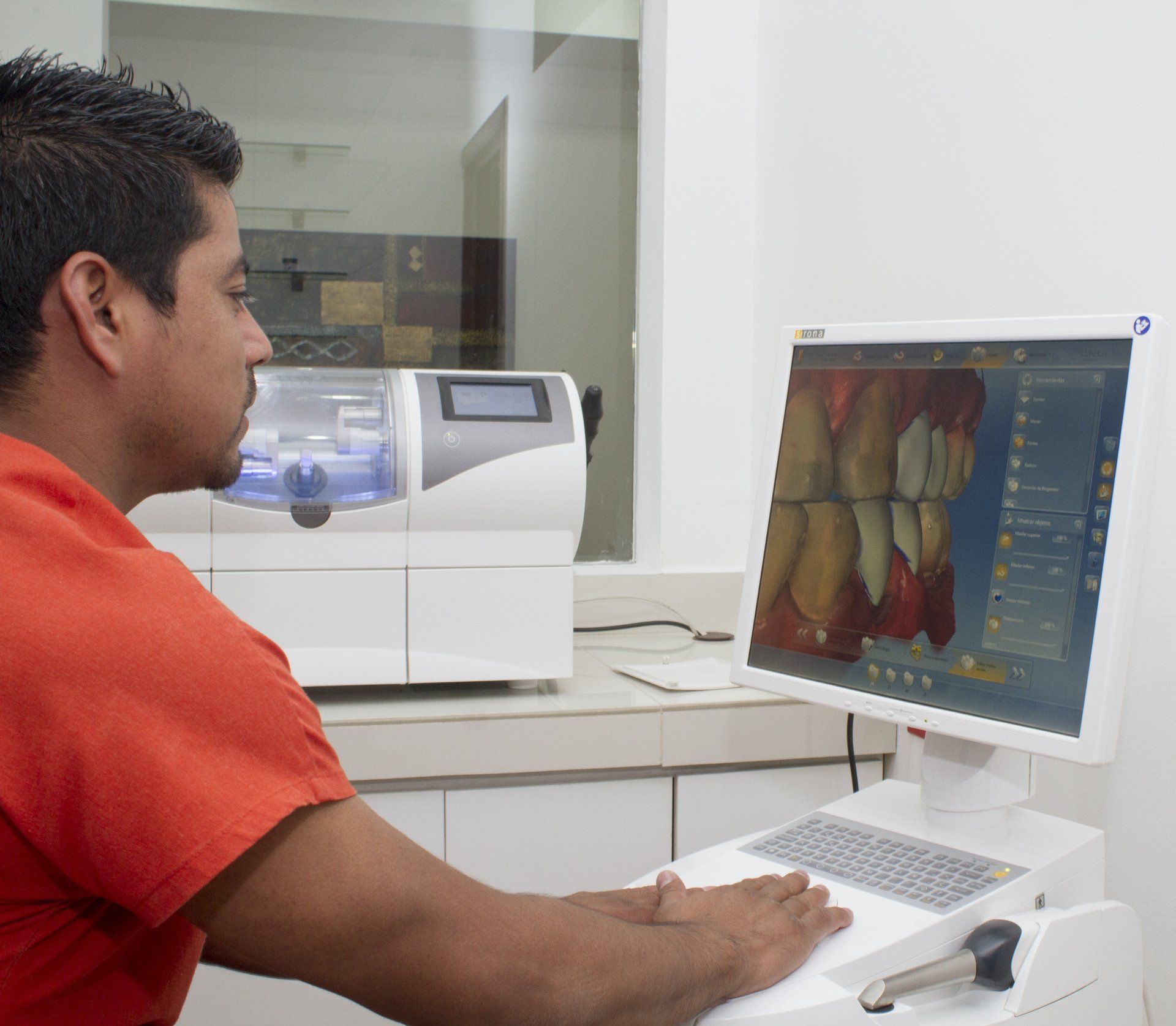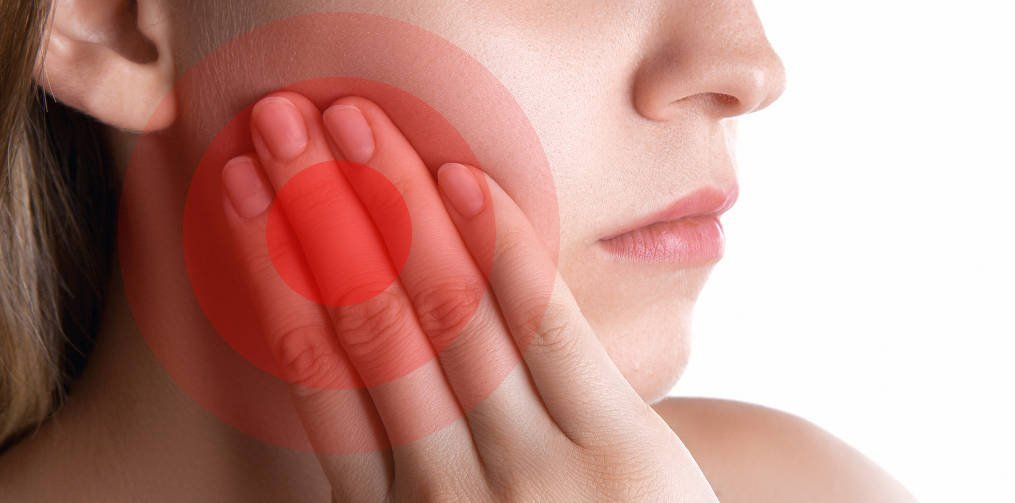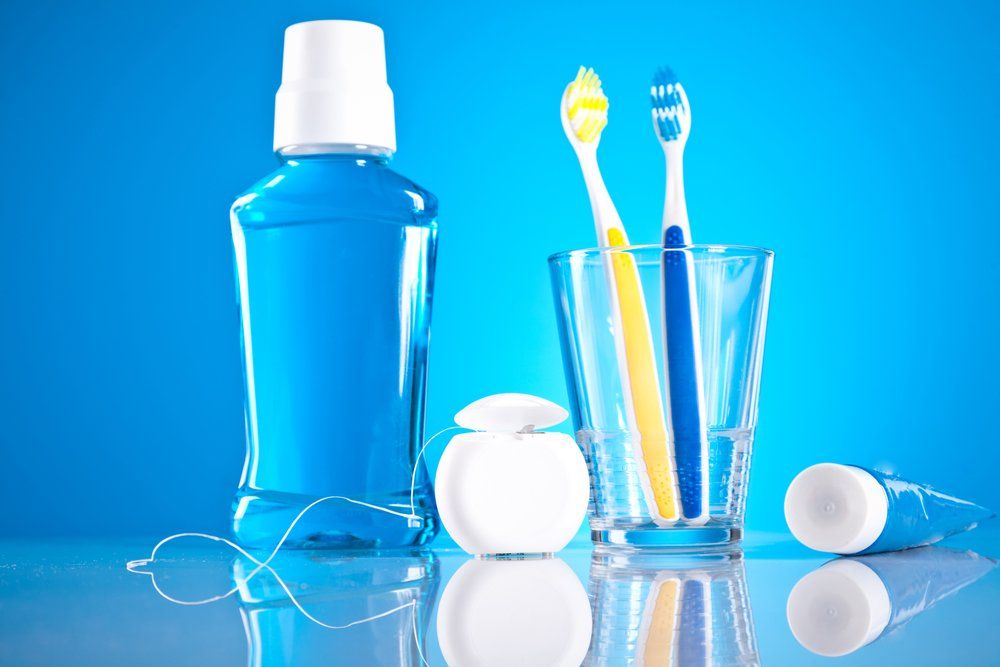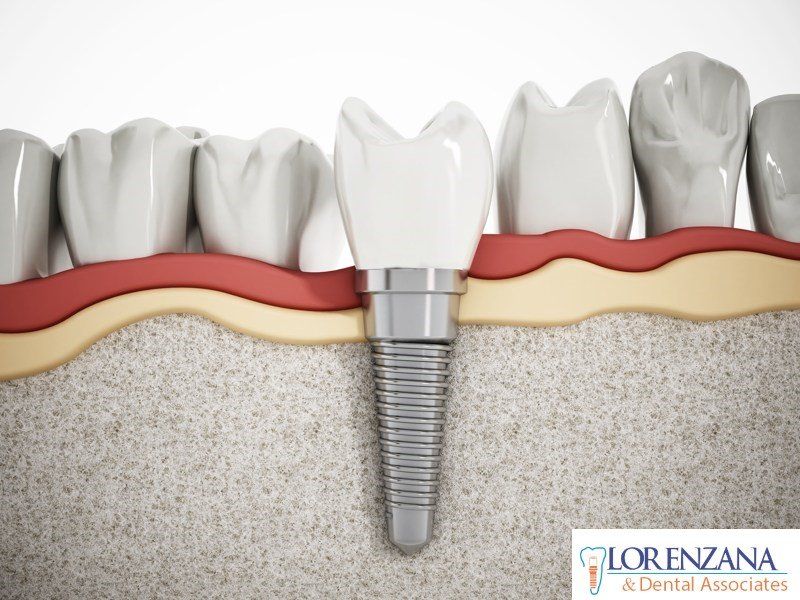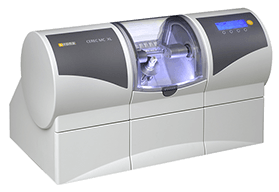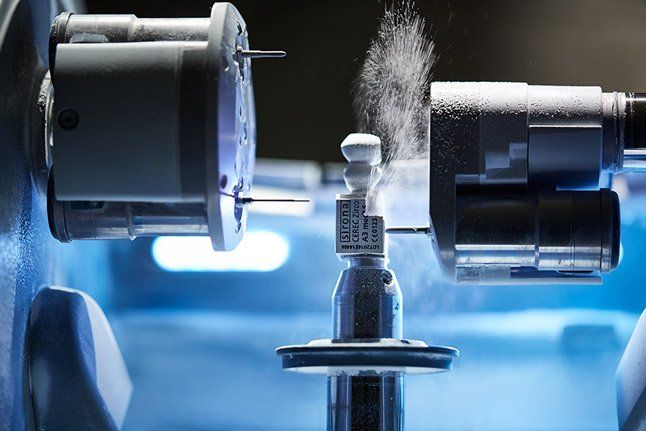Dental Implants? We Got You Covered
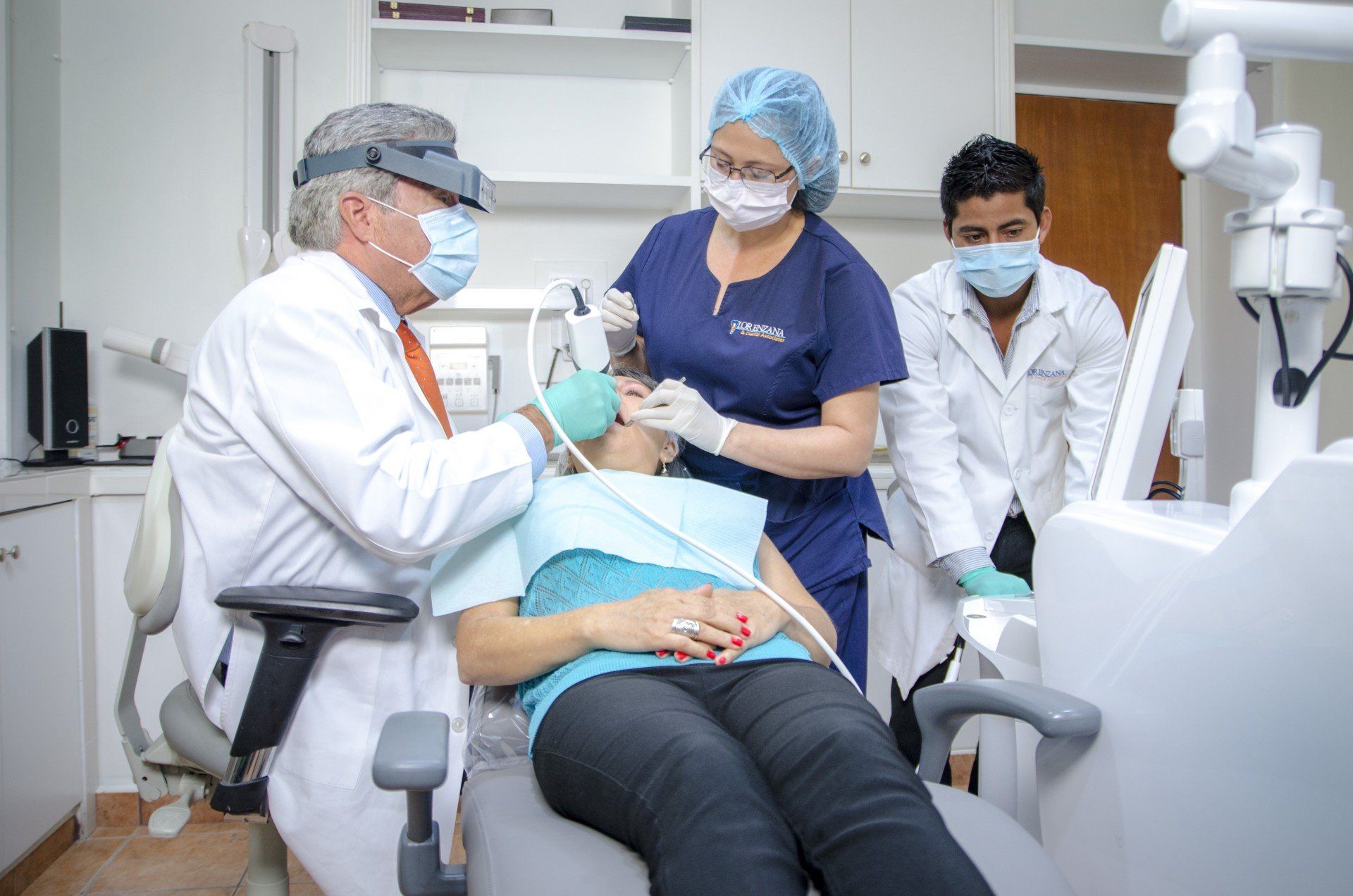
WHAT YOU NEED TO KNOW ABOUT DENTAL IMPLANTS
A dental implant is a prosthetic replacement for a missing teeth. Most dental implants are made of titanium, a biocompatible metal that offers strength and durability and has the unique characteristic of being able to actually bond with your body's natural bone tissue.
ARE YOU A GOOD CANDIDATE FOR DENTAL IMPLANTS?
Dental implants are the perfect option for a person that has lost one or more teeth, whether caused by accident or illness.
Dental implants are recommended in the following situations:
- A tooth is missing.
- Several teeth are missing - instead of regular bridges and partial dentures.
- All teeth are missing - instead of regular full-mouth dentures.
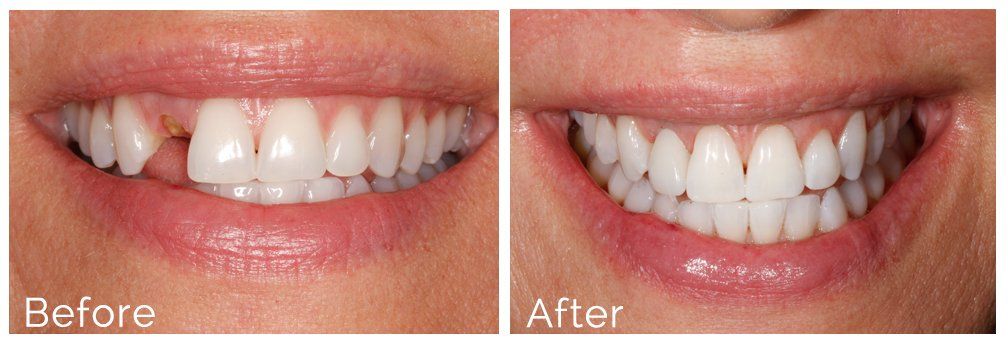
WHAT ARE THE BENEFITS OF DENTAL IMPLANTS?
- Dental implants reduce stress on remaining dental structures, offering independent support for crowns, bridges, and dentures.
- Dental implants preserve the tissue of the remaining natural teeth, avoiding the wear on adjacent teeth experienced in the case of conventional bridges.
- Dental implants greatly reduce jaw bone loss that occurs when a tooth is lost and results into height loss in the jaw.
- Dental implants have been proven to last much longer than conventional teeth restorations.
- If you are missing all your teeth, dentures over implants allow you to chew properly and speak more clearly.
WILL YOU BE ABLE TO EAT YOUR FAVORITE FOODS IF YOU GET DENTAL IMPLANTS?
Dental implants are resistant and do not move, unlike removable prostheses. So... Yes! You will be able to eat and enjoy anything you would like, from the crunchiest apple to the thickest steak.
WHY LORENZANA & DENTAL ASSOCIATES IS THE RIGHT PLACE TO GET YOUR DENTAL IMPLANTS TREATMENT
Dr. Rafael Lorenzana, founder and director of Lorenzana & Dental Associates, graduated from the Baylor College of Dentistry and got his prosthodontics degree at the Medical University of South Carolina. He has over 30 years of experience in his own private clinics in the United States and El Salvador - and he has also taught at universities in both countries! As if that was not enough, Dr. Lorenzana is the only prosthodontist in Latin America certified by the American Board of Prosthodontics.
Now, leaving Dr. Lorenzana alone... At Lorenzana & Dental Associates we are the example of modernization in dentistry, and our clinic is fully-equipped with state-of-the-art technology. We follow strict sterilization and biosecurity norms, as established by the Occupational Safety and Health Administration. Furthermore, the implant products we utilize are of the highest quality.
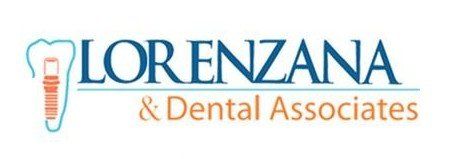
¿Necesitas Implantes Dentales? Cuenta Con Nosotros

LO QUE NECESITAS SABER SOBRE LOS IMPLANTES DENTALES
Un implante dental es un reemplazo protésico para un diente faltante. La mayoría de implantes dentales están hechos de titanio, un metal que es bio-compatible y ofrece resistencia y durabilidad, además de contar con una propiedad única que le permite fusionarse al tejido óseo.
¿ES USTED UN BUEN CANDIDATO PARA IMPLANTES DENTALES?
Los implantes dentales son la opción perfecta para una persona que ha perdido uno o más dientes, ya sea a causa de un accidente o enfermedad.
Los implantes dentales son recomendados en los siguientes escenarios:
- Hace falta un diente.
- Hacen falta varios dientes - y en lugar de un puente o dentadura parcial convencional.
- Hacen falta todos los dientes - y en lugar de dentaduras completas convencionales.
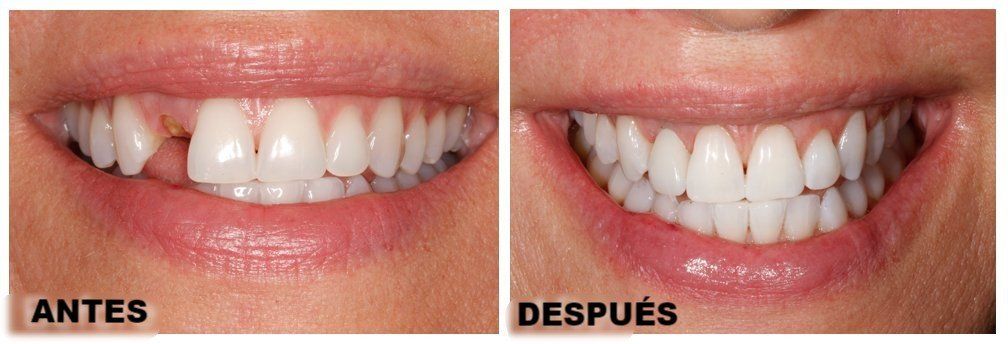
¿CUÁLES SON LOS BENEFICIOS DE LOS IMPLANTES DENTALES?
- Los implantes dentales reducen el estrés sobre las estructuras dentales restantes, ofreciendo soporte independiente para coronas, puentes y dentaduras.
- Los implantes dentales preservan el tejido de los dientes naturales, evitando desgastarlos para colocar puentes convencionales.
- Los implantes dentales reducen significativamente la reabsorción de tejido óseo que resulta en la pérdida de altura en la mandíbula.
- Se ha comprobado que los implantes dentales perduran por mucho más tiempo que las restauraciones dentales convencionales.
- Si has perdido todos tus dientes, las dentaduras sobre implantes te permitirán masticar tus alimentos de forma adecuada y hablar con mayor claridad.
¿PODRÁ COMER SUS ALIMENTOS FAVORITOS CON IMPLANTES DENTALES?
Al contrario de las prótesis removibles, los implantes dentales son resistentes y no se mueven. Así que... Sí! Usted podrá comer y disfrutar lo que se le plazca, desde la manzana más crujiente hasta el filete más grueso.
LORENZANA & DENTAL ASSOCIATES ES EL LUGAR CORRECTO PARA QUE USTED RECIBA TRATAMIENTO CON IMPLANTES DENTALES
Dr. Rafael Lorenzana, el fundador y director de Lorenzana & Dental Associates, se graduó del Baylor College of Dentistry y obtuvo su grado en prostodoncia de la Medical University of South Carolina. Tiene más de 30 años de experiencia en sus propias clínicas en los Estados Unidos y El Salvador - ¡y además ha impartido clases en universidades de ambos países! Como si eso no fuera suficiente, Dr. Lorenzana es el único prostodoncista en Latinoamérica certificado por la American Board of Prosthodontics.
En Lorenzana & Dental Associates damos el ejemplo cuando se trata de modernización en el área médica dental y nuestra clínica está completamente equipada con tecnología de punta. Seguimos normas estrictas de esterilización y bioseguridad, las cuales están regidas por la Occupational Safety and Health Administration. Además, los productos que utilizamos al brindar tratamientos con implantes son de la más alta calidad.

